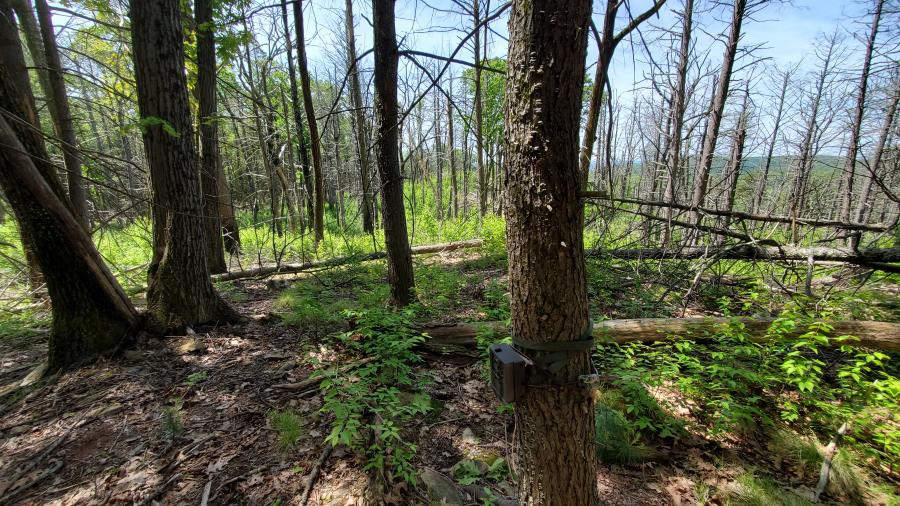For the Indians of Bermuda, home is where the art is.
What does it mean to retain cultural traditions for 350 years in a land far from one’s original homeland? How does it feel to reconnect with people from whom your ancestors were captured and sold into slavery? How does it feel to return to a country and people you only know through generations of family oral histories? For Indians on Bermuda’s St. David’s Island, these are deep and relevant questions.
Colonial records and ship documents confirm that some of the survivors of the May 26, 1673, European massacre of Pequots in southeastern Connecticut were sold into Bermudian slavery along with various factions from other New England tribes. Wampanoag warriors from the 1676 King Phillips War also were sold as slaves. Altogether several hundred Native Americans were sold into Bermuda slavery. These Indian slaves and their descendants remained isolated on St. David’s Island, an islet at the northern end of Bermuda.
That relative isolation lasted until the 1930s, when a bridge was constructed connecting St. David’s Island with the rest of Bermuda. Although there was intermarriage and cohabitation with African slaves, European colonists, and imported Carib Indians, these descendants of New England tribes passed on origin stories that connect five St. David’s families, stories about an Indian slave woman named Susannah who claimed to be the granddaughter of King Phillip and traditions of chanting and drumming at a hillside location called Dark Bottom. After the 1834 emancipation, most former slaves stayed on St. David’s and continued to intermarry with each other.
“Most of the St. David’s Islanders today are of mixed blood,” says St. Clair Tucker, or Brinky, as he prefers to be called, one of the founding members of the St. David’s Island Indian Committee. “The first Indian slave arrived on our shores in 1616, and for the next 200 years the English developed a very profitable slave trade with Africans and Native Americans. Documents prepared by the English indicate that Pequots, Wampanoags, Narragensetts, Cherokees, Mohegans, Carib, Arowacks and Indians from Central and South America were sold here. The only trading port was in St. George’s, about 150 yards from St. David’s.”
Brinky says that the Indians of St. David’s faced constant discrimination and rejection from the dominant society of Bermuda, and so were generally left to their own devices. “St. David’s Islanders are different in their appearance, speech, eating habits, and culture from the rest of Bermudians,” he says. “Before World War II, education was never a priority; the men fished and farmed to survive. Because of their difference, other Bermudians always teased and embarrassed them wherever they were. As a result, St. David’s Islanders did not discuss their heritage in public or among strangers, only around their kitchen table.”
One byproduct of that social rejection was that cultural traditions began to fall away along with cultural pride. “A lot of the culture was lost when elders failed to pass it on,” Brinky says, “or when young people began to be distracted by other cultures and when the United States was given permission by the government of the day to build an army base and airfield, thus moving St. David’s islanders off their land and paying them below the going rate. The most recent ceremonies that took place on St. David’s Island were during the late 1800s and very early 1900s, when our elders at night would dance around a fire in a secluded area and sing in a foreign language. I have spoken to people who witnessed this ceremony.”
Fortunately, some of the St. David’s Indians, including Brinky Tucker, decided that they could not see their heritage disappear, and they began to explore their past and rekindle old relationships. Through 30 years of both archival and oral history research as well as travels to the United States, many of the Bermudan Indians have now reconnected with their indigenous Mashuntucket Pequot and Mashpee Wampanoag roots and also formed relationships with people of Narragansett, Powhatan, and other native backgrounds. In 2002, a delegation of Pequots from Connecticut, Narragansetts from Rhode Island, and Wampanoags from Massachusetts visited Bermuda for an historic meeting, and that year featured the first Reconnection Indian Festival celebrated on St. David’s Island. This year, anthropologists and photographers from the Smithsonian’s National Museum of the American Indian met with the Bermudan participants at the Wampanoag powwow in Mashpee, Massahcusetts to include their stories in the NMAI’s traveling 2009 exhibit, “IndiVisible,” which chronicles Native American and African American interactions in the Americas. The pictures that accompany this article are from that powwow.
I first met Brinky Tucker at the 2007 Schemitzun (Green Corn Ceremony) and powwow sponsored by the Mashantucket Pequots in Connecticut. A founding member of the St. David’s Island Indian Committee, Brinky, along with his son Stephen, current committee chair and cousin Jean Foggo-Simon, James Smith, and other Bermudian Indians, had crafts-display tables and Bermudan tourism materials. Impressed with their warm hospitality, regalia and dancing, and sharing of historical background, I decided to follow up with this article focused on their traditional arts and crafts and the resurgence of their culture. “Since 2002” Brinky says, “our Native American pride has increased one thousands times over, learning our culture, spirituality, a sense of oneness and not being afraid to be proud of who we are. We have developed relationship with our cousins in New England that will last forever.”
Phoebe Farris is the arts editor for Cultural Survival Quarterly.


